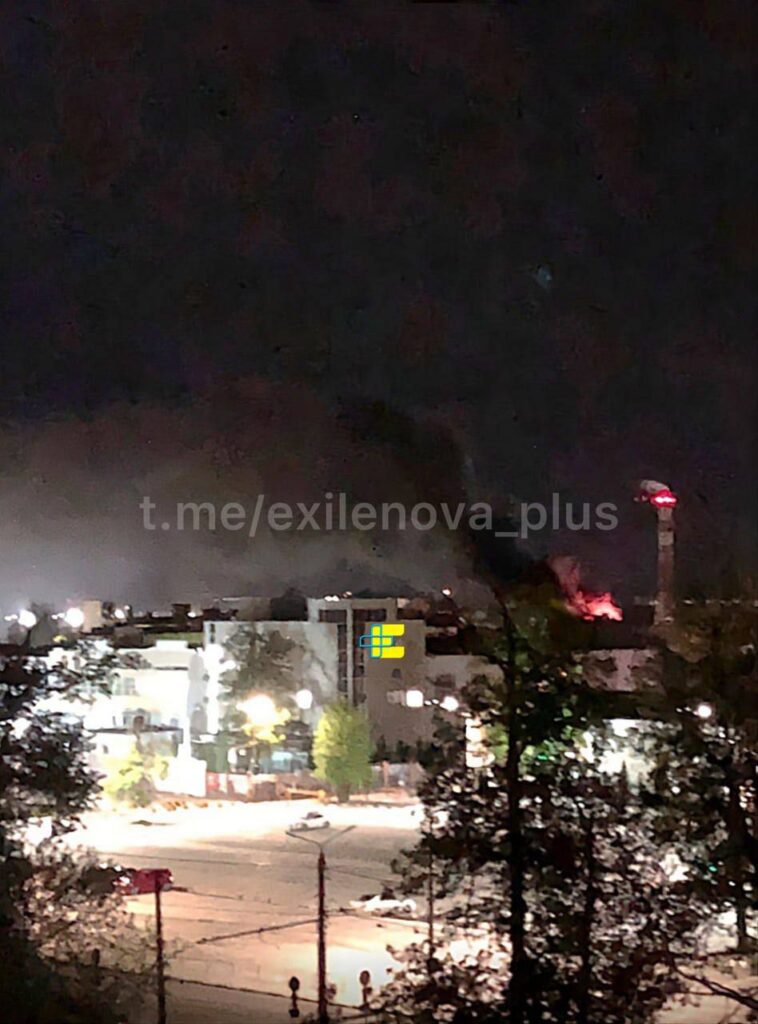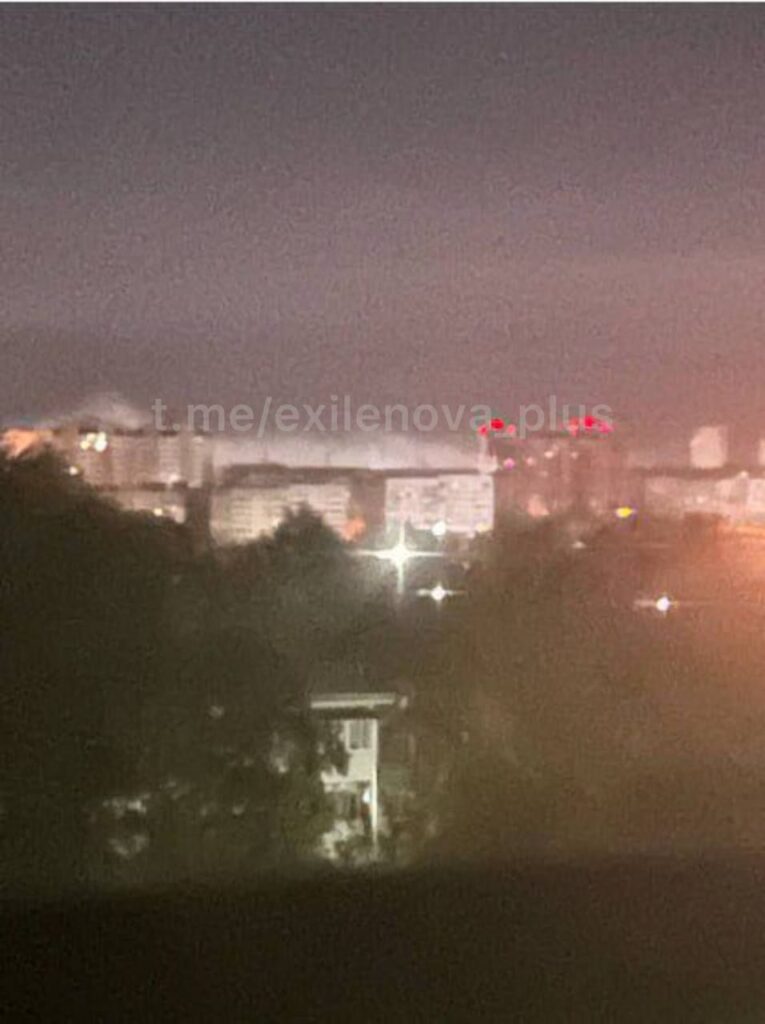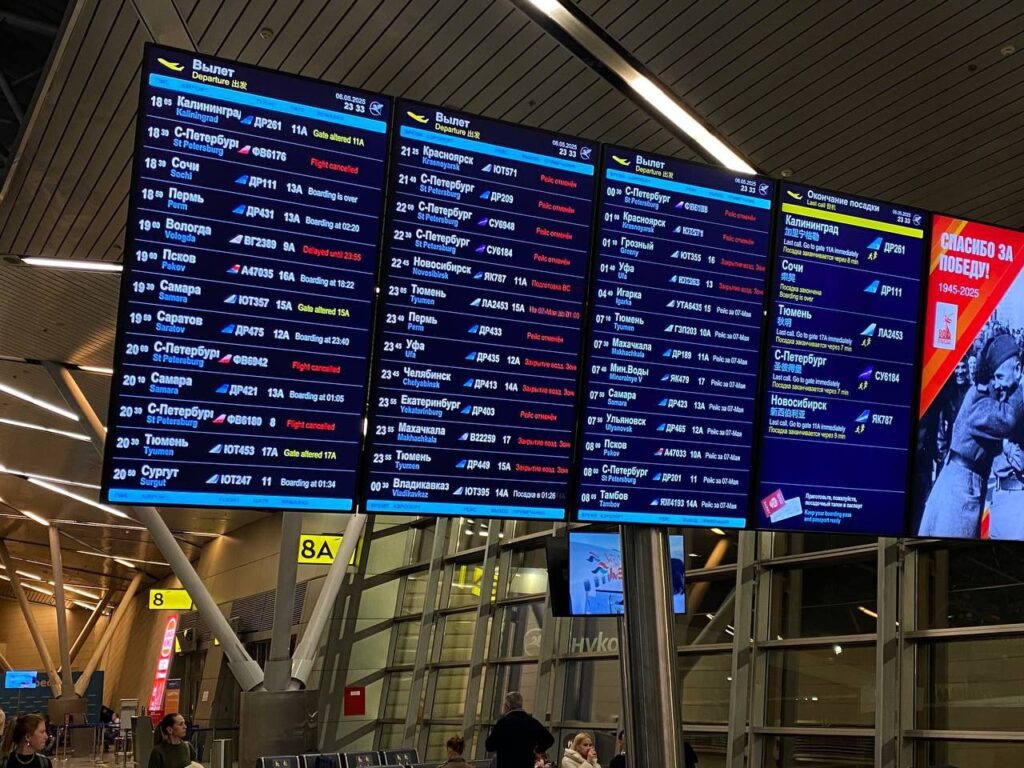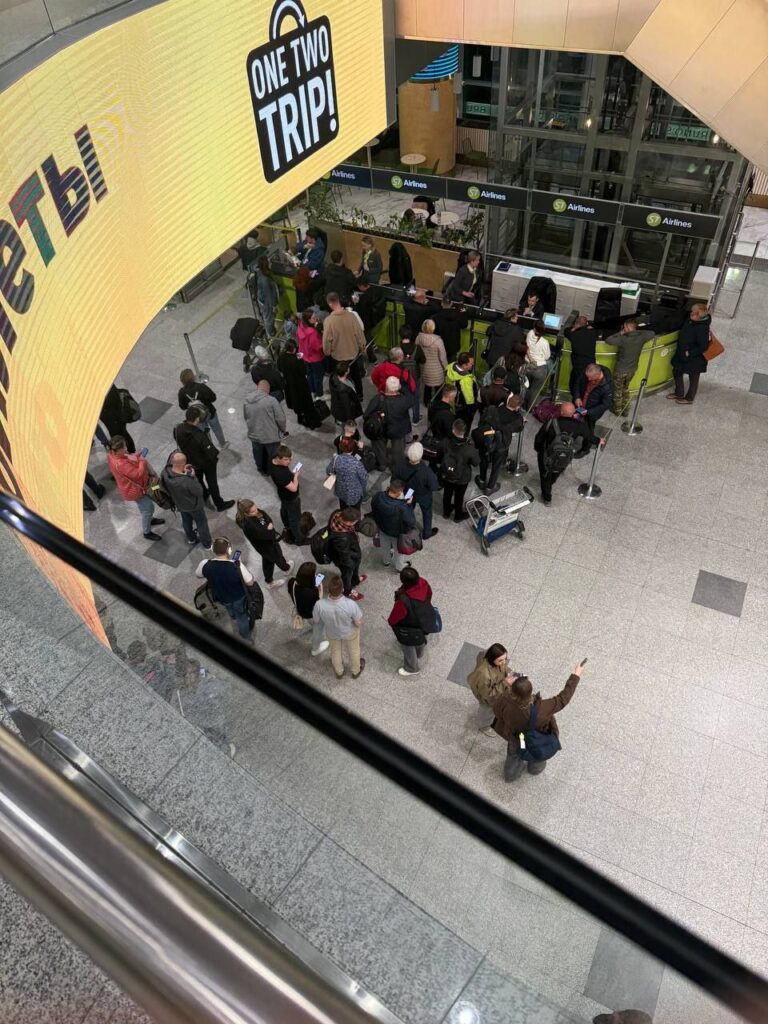On the night of 7 May, a wave of drone attacks struck several Russian regions, including Moscow and Tula oblasts, along with Saransk in the Republic of Mordovia.
The ongoing drone campaign comes as Russia prepares for Victory Day celebrations on 9 May, with several world leaders, including Chinese President Xi Jinping and Brazilian President Luiz Inacio Lula da Silva, expected to attend the military parade in Moscow.
Earlier, President Putin announced a three-day truce with Ukraine to mark the 80th anniversary of victory over Nazi Germany, however Ukraine rejected this proposal, suggesting instead a minimum 30-day ceasefire in the war with Russia.
Russian officials claimed they suspect Kyiv will continue daily drone attacks on Moscow and other Russian oblasts even after the proposed ceasefire beginning. In response, Russia allegedly plans to use "Oreshnik" ballistic missiles on Ukrainian cities, with Kyiv reportedly selected as a preliminary target.
Ukrainian officials criticized the timing and brevity of Russia’s offer, viewing it as a tactic to create a favorable atmosphere for Putin’s Victory Day celebrations rather than a real step toward peace.
Zelenskyy warned foreign officials against attending the Moscow events due to security concerns, suspecting Russia might stage provocations and blame Ukraine.
Russia also launched four ballistic missiles and 142 drones targeting Kyiv and other cities in Ukraine, resulting in two deaths and seven injuries in the capital.
Russian defense industry plants attacked in Tula
In Tula, smoke was visible near the street, where two major defense enterprises are located approximately one kilometer apart, Russian Telegram channel Astra reports.
The affected facilities include JSC "Instrument Design Bureau," which develops precision-guided weapons, and the SPLAV Scientific Production Association, which manufactures multiple launch rocket systems including "Grad," "Uragan," and "Smerch" systems.
Both enterprises are part of the Rostec state corporation and have been under various international sanctions. The Instrument Design Bureau was placed on US export sanctions lists in 2014, added to US blocking sanctions in 2020, and included in EU sanctions in December 2023 following Russia's full-scale invasion of Ukraine.
The SPLAV State Research and Production Enterprise, a key defense facility, plays a crucial role in maintaining Russia's combat capability as the main developer and manufacturer of rocket systems that are actively used in the current aggression. Engineers at the facility have been working on improving 300mm guided rockets for the "Smerch" and "Tornado-S" systems, aiming to increase their range and accuracy to capabilities approaching those of "Iskander-M" tactical ballistic missiles.


The plant was previously attacked on 21 January 2024, resulting in a fire in one of the production workshops and a transformer substation, leading to partial power loss at the facility.
Fiber optic production facilities used for making drones were attacked
In Saransk, two separate fires were reported following drone strikes, according to Astra.
The primary target appears to be JSC "Fiber Optic Systems," reportedly the first and only optical fiber production plant in Russia. Ukrainian officials have previously claimed this facility produces components used in drone guidance systems for the war against Ukraine. It has an annual production capacity of 4 million kilometers of optical fiber and was already attacked on 5 April by various types of drones.
A second fire was spotted several kilometers away, with analysis suggesting it may be at the "Saranskkabel" machine-building enterprise.
Following the attacks, local authorities in Saransk canceled classes at schools, universities, and kindergartens, while implementing a ban on publishing photos, videos, or information about the attack consequences. Mobile internet was also disabled in more than 30 Russian cities due to the threat of drone attacks.


Aviation disruptions and airport chaos amid drone strikes
The drone attacks have created significant disruption to Russian aviation on 7 May.
Multiple airlines are canceling flights to and from Moscow as drone attacks force airport closures across the Russian capital.
At Moscow's Vnukovo airport, eyewitnesses described information boards "all yellow and red" with terminals so crowded that "cafes are overcrowded, and it's almost impossible to find a free seat."
The situation created extensive delays throughout Russia's aviation network, with aircraft forming long queues on tarmacs waiting for takeoff clearance. Passengers report being stranded onboard grounded planes without access to food or water for extended periods. Several carriers are now offering passengers the option to rebook their travel for future dates as the disruption continues.


The attacks included a strike on the Kubinka military airfield in Moscow Oblast, which serves as a base for MiG-29 and Su-27 fighter jets.
The Russian military Telegram channel Flightbomber acknowledged the attack on Kubinka, noting it struck "personnel locations and equipment involved in parade preparations," but claimed it would not affect the aerial portion of the upcoming Victory Day event.
According to Andrii Kovalenko, head of Ukraine's Center for Countering Disinformation, the strikes also targeted Shaykovka airfield in Kaluga Oblast, which houses Tu-22M3 long-range bombers and stores missiles including Kh-22.

